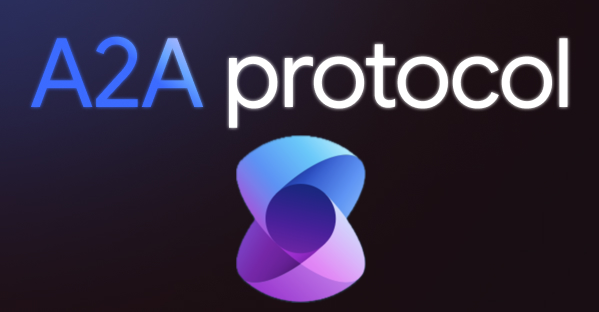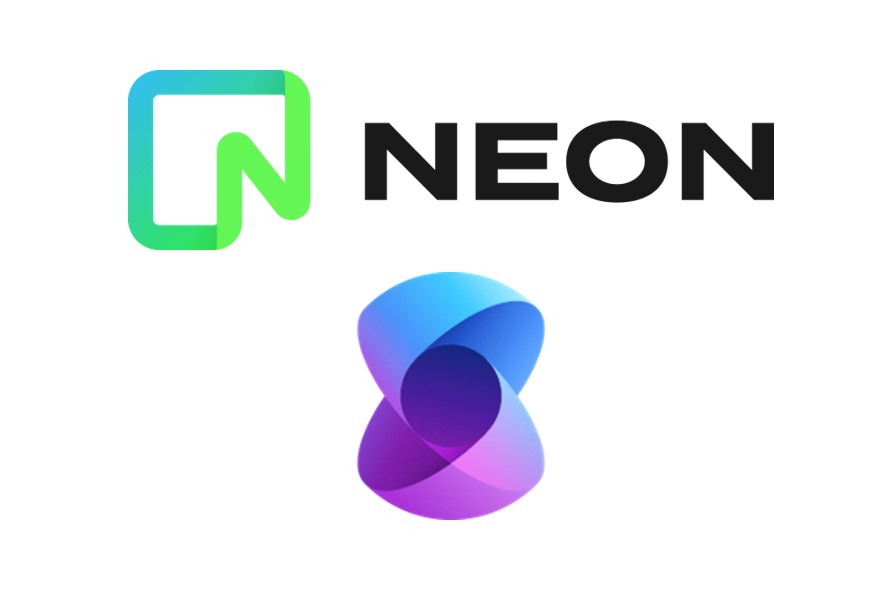Semantic Kernel
The latest news from the Semantic Kernel team for developers
Latest posts

Guest Blog: SemantiClip: A Practical Guide to Building Your Own AI Agent with Semantic Kernel
Today we’re excited to welcome Vic Perdana, as a guest author on the Semantic Kernel blog today to cover his work on a SemantiClip: A Practical Guide to Building Your Own AI Agent with Semantic Kernel. We’ll turn it over to Vic to dive in further. Everywhere you look lately, the buzz is about AI agents. But cutting through the noise—what does agentic AI really mean for developers and builders? How can we move from hype to building real, practical solutions that solve business problems, automate workflows, and, simply put, make our lives easier? I'm excited to share my journey and, as a little Easter egg...

Customer Case Study: Microsoft Store Assistant — bringing multi expert intelligence to Microsoft Store chat with Semantic Kernel and Azure AI
Introduction In October 2024 Microsoft replaced a legacy rule‑based chat bot on Microsoft Store with Microsoft Store Assistant, powered by Azure Open AI, Semantic Kernel, and real‑time page context. The transformation changed a scripted, button-driven experience into a conversation that comprehends the entire public Microsoft portfolio, including Surface and Xbox products, Microsoft 365 subscriptions, Azure services, and the Dynamics and Power Platform portfolio, and knows when to involve a human Sales Associate. Six months later, the assistant manages several millions of conversations annually, maintains a fo...

Guest Blog: Build an AI App That Can Browse the Internet Using Microsoft’s Playwright MCP Server & Semantic Kernel — in Just 4 Steps
Today we're excited to feature a returning guest author, Akshay Kokane to share his recent Medium article on Building an AI App That Can Browse the Internet Using Microsoft’s Playwright MCP Server & Semantic Kernel. We’ll turn it over to him to dive in! MCP! It’s the new buzzword in the AI world. So, I thought — why not be a part of this buzz myself? That’s why I wrote this blog on using the MCP server with Semantic Kernel and Azure AI Foundry. Let’s start by understanding: What is MCP? There are many blogs and videos that helped me grasp the MCP concept, and I’ll drop those links at the end. But for me,...

Integrating Semantic Kernel Python with Google’s A2A Protocol
Google's Agent-to-Agent (A2A) protocol is designed to enable seamless interoperability among diverse AI agents. Microsoft’s Semantic Kernel (SK), an open-source platform for orchestrating intelligent agent interactions, is now being integrated into the A2A ecosystem. In this blog, we demonstrate how Semantic Kernel agents can easily function as an A2A Server, efficiently routing agent calls to specialized services. You can read more about the A2A protocol in Google's technical documentation. Our Contribution to the A2A Ecosystem Our initial contribution to the A2A repository addresses the current absence of ...

Semantic Kernel adds Model Context Protocol (MCP) support for Python
We are excited to announce that Semantic Kernel (SK) now has first-class support for the Model Context Protocol (MCP) — a standard created by Anthropic to enable models, tools, and agents to share context and capabilities seamlessly. With this release, SK can act as both an MCP host (client) and an MCP server, and you can leverage these capabilities directly in your agents. This unlocks powerful new scenarios for tool interoperability, prompt sharing, and agent orchestration across local and remote boundaries. This requires Semantic Kernel Python version 1.28.1 or higher. What is MCP? MCP is a protocol that ...

Customer Case Study: Announcing the Neon Serverless Postgres Connector for Microsoft Semantic Kernel
Announcing the Neon Serverless Postgres Connector for Microsoft Semantic Kernel We’re excited to introduce the Neon Serverless Postgres Connector for Microsoft Semantic Kernel, enabling developers to seamlessly integrate Neon’s serverless Postgres capabilities with AI-driven vector search and retrieval workflows. By leveraging the pgvector extension in Neon and the existing Postgres Vector Store connector, this integration provides a high-performance, scalable solution for vector embeddings and performing vector similarity search in Postgres. Why Use Neon for Semantic Kernel? Neon is a fully managed Serverless...

Guest Blog: Bridging Business and Technology: Transforming Natural Language Queries into SQL with Semantic Kernel Part 2
Today we'd like to welcome back a team of internal Microsoft employees for part 2 of their guest blog series focused on Bridging Business and Technology: Transforming Natural Language Queries into SQL with Semantic Kernel. We'll turn it over to our authors - Samer El Housseini, Riccardo Chiodaroli, Daniel Labbe, Fabrizio Ruocco and Angel Sevillano Cabrera to dive in. Introduction In today's data-driven business landscape, access to information is critical for decision-making. However, a persistent challenge has been the technical barrier between business users who need data insights and the complex database sys...

Guest Blog: Revolutionize Business Automation with AI: A Guide to Microsoft’s Semantic Kernel Process Framework
Revolutionize Business Automation with AI: A Guide to Microsoft’s Semantic Kernel Process Framework Step-by-Step guide on creating your first process with AI Microsoft’s AI Framework, Semantic Kernel, is an easy-to-use C#, Java, and Python-based AI framework that helps you quickly build AI solutions or integrate AI capabilities into your existing app. Semantic Kernel provides various ways to integrate the power of LLM into your application. The two core sub-frameworks that Semantic Kernel offers are Agent-based and Process-based. In my previous blogs I have shared steps to create agents with Semantic Kernel’...

Announcing Hybrid Search with Semantic Kernel for .NET
Today we’re thrilled to announce support for Hybrid search with Semantic Kernel Vector Stores for .NET. What is Hybrid Search? Hybrid search performs two parallel searches on a vector database. The union of the results of these two searches are then returned to callers with a combined rank, based on the rankings from each of the constituent searches. The two searches typically consist of 1. a vector similarity search and 2. a keyword search over the source text of the vector from search 1. Using hybrid search typically results in much better RAG performance than just using regular vector similarity search....
